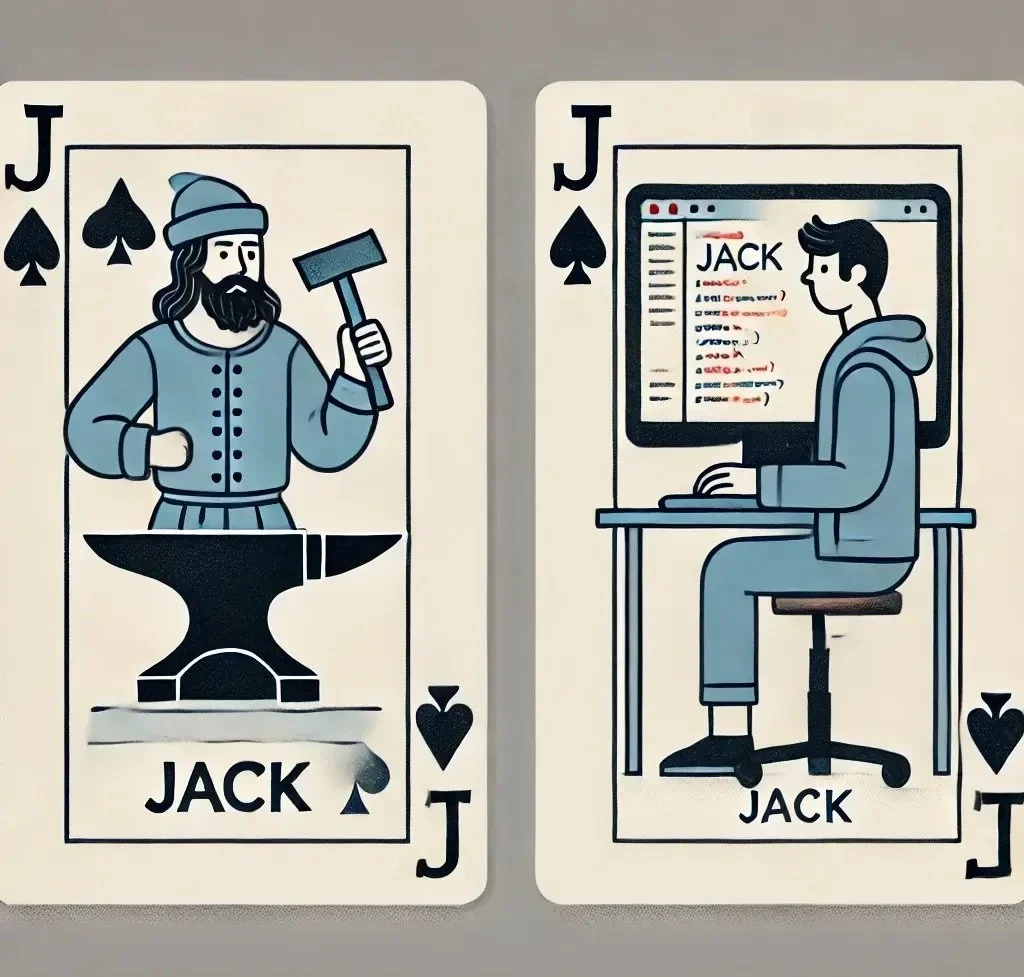This conversation happened with a coaching client recently. Supportively, I stated that he is a jack of all trades. Without missing a beat, he negatively replied, “Ya, and a master of none.”
I explained that it was not the most up-to-date version of the popular idiom, which intrigued him. In 1592, Robert Greene referred to William Shakespeare as a Johannes factotum, translated to Jack of all Trades, which first appeared in an essay by Geoffrey Minshull in 1618. It wasn’t until 1785 that Charles Lucas changed the meaning from positive to negative in a poem, adding “master of none.”
My client was joyed to hear the most up-to-date version from the 19th or 20th century, which is Jack of all trades, master of none, but oftentimes better than a master of one.
Since I’m writing this to you from the 21st century, I think we can update it for this century. What do you think of my new version?
Jack of all trades, master of some, Greater than many who master just one.
Are you with me on this?
16th century: Johannes factotum
17th: Jack of all trades.
18th: A Jack of all trades is a master of none.
19th or 20th: Jack of all trades, master of none, but oftentimes better than a master of one.
21st: Jack of all trades, master of some, Greater than many who master just one.
In today’s era of AI and online communication, being a jack of all trades, master of some is more valuable than ever. Technology is reshaping industries at lightning speed, demanding professionals who can adapt, connect across disciplines, and learn continuously.
While deep expertise still matters, it is the ability to integrate skills, pivot quickly, and collaborate across fields that sets people apart. Those with breadth and versatility often outperform narrow specialists because they can see patterns, bridge gaps, and apply knowledge in new ways. In a world where change is constant, adaptability is the true mastery.


